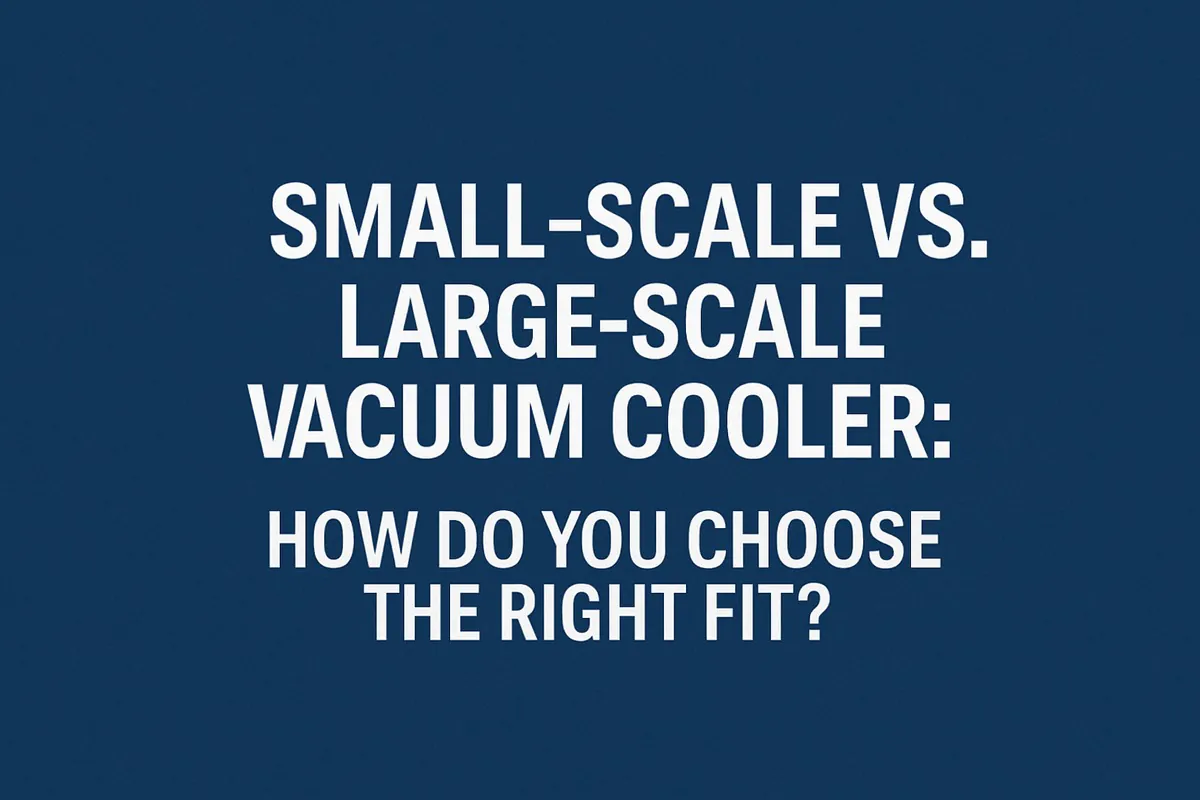
Small-Scale vs. Large-Scale Vacuum Cooler: How Do You Choose the Right Fit?
You’re convinced that vacuum cooling is the key to elevating your product quality, but now you face a critical decision. You see a range of machine sizes, and you’re caught in a dilemma: over-investing in a massive machine could cripple your cash flow, while under-investing in a small one could create a bottleneck that throttles your growth.
The right choice isn’t about which is "better," but which is "right for you." It requires a careful analysis of your daily harvest volume, your specific product mix, and your realistic growth plans for the next 3-5 years. The goal is to match the machine’s capacity to your operational reality.
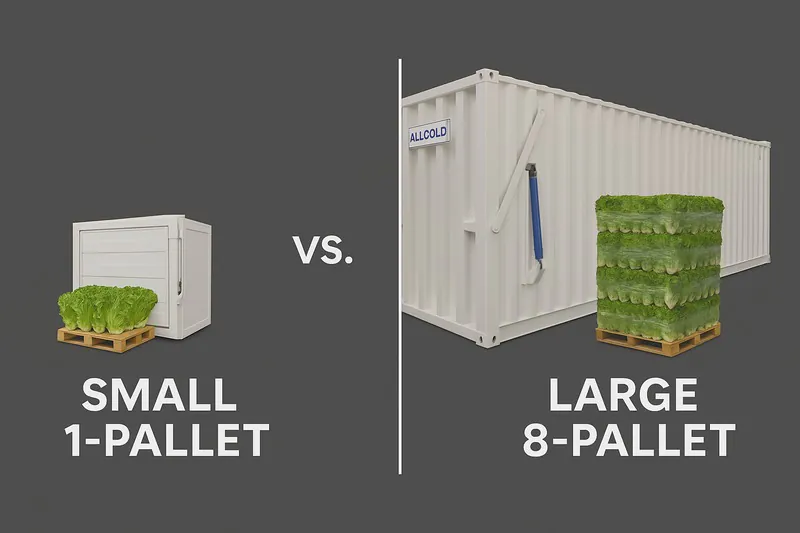
This is one of the most important conversations I have with my clients. The "bigger is better" mindset can be a dangerous trap, and so can the "start small and see" approach. I remember a conversation with a family-owned mushroom farm in Poland. They were growing high-value, delicate organic mushrooms. They saw the giant machines we build for lettuce farms and thought the technology was out of their reach. I explained that we have machines designed specifically for their scale. We designed a 2-pallet system for them that was perfect for their batch sizes . It preserved the delicate nature of their product and gave them the quality boost they needed to get a premium price. At the same time, I think of Carlos, my client in Mexico. For his vast lettuce operation, a 2-pallet machine would be a disaster. He needed a 6-pallet beast to keep up with his hourly harvest. The "right" machine was completely different for each of them.
What Defines a "Small-Scale" Vacuum Cooler and Who Is It For?
You might be a specialty crop grower, a small organic farmer, or a central kitchen manager. You love the idea of rapid cooling, but you look at industrial equipment and think, "That’s not for me. I don’t have the space, the volume, or the budget." You’re worried the technology is only for the giant players.
A small-scale vacuum cooler is typically a 1- to 2-pallet machine designed for operators who prioritize flexibility, have a smaller physical footprint, or handle high-value products in smaller batches. It’s the perfect entry point into advanced cooling technology.
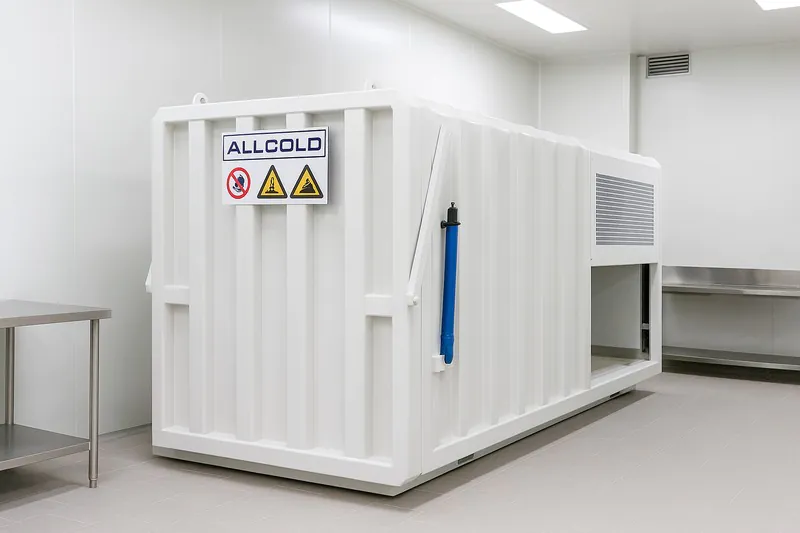
The Heart of a Specialized Operation
Small-scale does not mean less professional or less powerful; it means specialized. These machines are the heroes for a whole segment of the food industry that gets overlooked by a "go big or go home" mentality. Think of the operator growing premium microgreens, where every box is high-value. Or a central kitchen for a fast-food chain, like the one Sophia manages in Singapore. She might need to cool a batch of cooked rice or chicken from 90°C down to 10°C in minutes to meet her HACCP plan1, but she’s only processing a few hundred kilograms at a time. For her, a compact, efficient 1-trolley machine is the perfect solution. It fits into her existing production line and gives her the speed and food safety control she needs without the massive footprint or energy consumption of a larger model. These machines empower specialty growers to compete on quality, not just volume. They are also ideal for research and development or for larger companies to test new product lines before committing to a full-scale system.
Key Features and Financial Sense
The design of these smaller units reflects their specific purpose. They often have a smaller vacuum pump and refrigeration compressor, which means lower initial cost and reduced energy consumption2 per cycle. They are built to be robust, using many of the same high-quality German and European components as our larger machines, like Siemens touch screens and Bitzer compressors, just on a smaller scale. The key benefit is flexibility3. You can run a cycle for a single pallet of mushrooms without the inefficiency of running a half-empty 8-pallet chamber. The ROI for these machines4 is calculated differently. For Carlos, it’s about cost per ton. For the organic mushroom grower, it’s about the premium price they can command for a visibly superior product and the reduction in spoilage of a high-cost item.
| Feature | Small-Scale (1-2 Pallets) | Large-Scale (4-12+ Pallets) |
|---|---|---|
| Typical Capacity | 300 – 1,000 kgs per cycle | 2,000 – 8,000 kgs per cycle |
| Ideal User | Specialty Growers, Central Kitchens, R&D | Large Farms, Packing Houses, Distributors |
| Footprint | Compact, designed for limited space | Requires significant space and infrastructure |
| Upfront Cost | Lower | Significant Capital Investment |
| Flexibility | High (Efficient for small, mixed batches) | Low (Inefficient to run partially loaded) |
| Energy Use | Lower per cycle | Lower per pallet (at full capacity) |
When is a Large-Scale Vacuum Cooler the Only Answer?
You’re running a major commercial operation, harvesting acres of produce every single day. Your biggest nightmare is a bottleneck in your packing house. A delay of even an hour can mean thousands of dollars in lost product and missed shipping deadlines. You need a solution that is not just fast, but massive.
A large-scale vacuum cooler (from 4 to 12+ pallets) is the engine of a modern commercial farm or packing house. It’s the only solution when you need to process a continuous, high-volume flow of produce, providing unmatched throughput and the lowest possible cost per pallet.
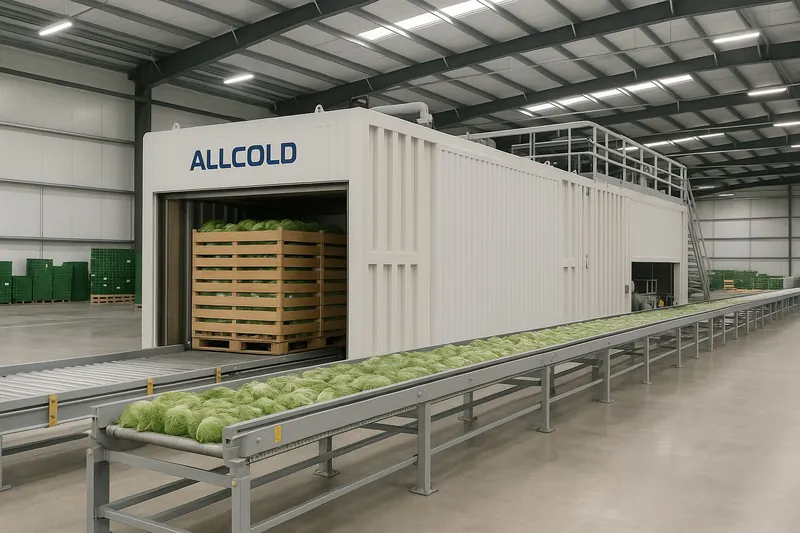
The Engine of a Commercial Powerhouse
When you measure your harvest in tons per hour, you are in a different league. This is the world of my client Carlos. For him, cooling is not a batch process; it’s a continuous flow. A large-scale system5 is designed for this reality. These are often twin-chamber machines. While one chamber is in its 25-minute cooling cycle, the other is being unloaded and reloaded. This eliminates dead time and allows the vacuum pumps and refrigeration system to run almost continuously, creating a seamless flow from the field to the refrigerated truck. Many of these systems are integrated with automated conveyor lines, minimizing labor and maximizing speed. This isn’t just about cooling produce; it’s about designing an industrial process for maximum efficiency. For a professional buyer like Norman, seeing a supplier with this level of infrastructure is a massive green flag. It tells him that this supplier can handle large, consistent orders and has the professional systems in place to guarantee quality at scale.
Unlocking Economies of Scale
The upfront investment for a large machine is significant, but the operational math is compelling. While a 10-pallet machine costs more than five 2-pallet machines, it doesn’t cost five times more. You gain huge efficiencies. You might use one or two very large, highly efficient vacuum pumps instead of ten smaller ones. The refrigeration system is centralized and more efficient. The cost of labor per pallet is drastically reduced. Most importantly, the energy consumption per kilogram of produce cooled is at its lowest point in a large, fully-loaded machine. This is a strategic asset. It allows large growers to reduce their cost of production, making them more competitive. It also opens up the possibility of exporting to distant international markets, because the extended shelf life makes long-distance sea freight a viable option. It transforms the entire business model.
How Do You Make the Right Choice for Your Business?
You’ve seen the options. The small machine feels safe but might limit you. The large machine is powerful but might be an overreach. You’re standing at a crossroads, and you’re worried about making a decision you’ll regret in two years.
Make your decision based on data, not fear. A systematic three-step analysis of your current throughput, product mix, and future growth is the only way to choose with confidence. This ensures you invest in a solution that serves you both today and tomorrow.

A Decision-Making Framework
As an engineer and a business owner, I always advise my clients to remove emotion and look at the numbers. Let’s create a simple framework to guide your choice. It’s a process I walk through with every potential client to make sure they get exactly what they need.
Step 1: Get Honest About Your Volume
This is the most important factor. Don’t think in terms of total daily harvest, but in peak hourly harvest6. How many pallets do you need to cool per hour during your busiest time of the year? A single-chamber 2-pallet machine can reasonably process two cycles per hour, meaning it can handle 4 pallets per hour. If your peak harvest is 10 pallets per hour, that machine will become a massive bottleneck. You would need a 6-pallet machine running two cycles per hour, or even a larger twin-chamber system. Be realistic about your current numbers.
Step 2: Re-evaluate Your Product Mix
What are you cooling? If you are cooling only one product, like iceberg lettuce, a large, single-purpose machine is great. But what if you are a mixed farm? You might have 20 pallets of lettuce, but also 2 pallets of high-value, delicate mushrooms. It might be inefficient to run your giant 12-pallet lettuce machine for that small mushroom batch. In this scenario, some large growers invest in a large primary machine and a smaller 1- or 2-pallet machine for their specialty products. This gives them both efficiency at scale and flexibility for high-value batches.
Step 3: Plan for Growth (But Be Realistic)
Where do you want your business to be in 3-5 years? Equipment like this is a long-term investment7. If you are planning a major expansion, it is almost always more cost-effective to buy a slightly larger machine now than to buy a second machine in two years. For example, if you need a 4-pallet capacity today but project you’ll need 6 pallets in two years, buying the 6-pallet machine now is the smarter financial move. It protects your future and gives you room to grow. A buyer like Norman respects a supplier who has this kind of foresight.
| Decision Factor | Questions to Ask Yourself | Recommendation if "Yes" to Most |
|---|---|---|
| Peak Throughput | Do I need to cool more than 4 pallets per hour? Is cooling a bottleneck during my busiest season? | Lean towards Large-Scale |
| Product Type | Am I cooling one main commodity crop in high volume? Is cost-per-ton my primary metric? | Lean towards Large-Scale |
| Operational Scale | Is my operation a large commercial farm or a major packing house? Do I have automated packing lines? | Lean towards Large-Scale |
| Flexibility Needs | Do I cool multiple different products in small batches? Do I handle high-value, delicate items? | Lean towards Small-Scale |
| Space & Budget | Are my available space and upfront capital limited? Am I a specialty grower or a local supplier? | Lean towards Small-Scale |
| Future Growth | Do I have concrete plans to double my volume in the next 3 years? | Consider scaling up your initial choice by one size. |
Conclusion
The perfect vacuum cooler is not the biggest or the smallest; it is the one that fits your operation like a key in a lock. By analyzing your volume, product mix, and future growth, you can make a confident, data-driven choice that will serve as a profitable engine for your business for years to come.
-
Understanding HACCP plans is crucial for ensuring food safety and compliance in food operations. ↩
-
Exploring energy-saving strategies can help businesses lower costs and improve sustainability. ↩
-
Discover how flexibility in equipment can enhance efficiency and adaptability in food production. ↩
-
Learn the best practices for calculating ROI to make informed investment decisions in food processing. ↩
-
Explore this link to understand how large-scale systems enhance efficiency and productivity in agricultural cooling processes. ↩
-
Understanding peak hourly harvest is crucial for optimizing cooling processes and avoiding bottlenecks. ↩
-
Recognizing equipment as a long-term investment helps in making informed decisions for future growth. ↩
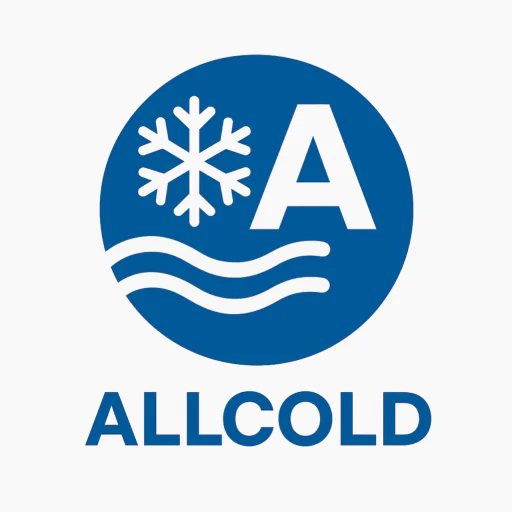
Mila
You May Also Like
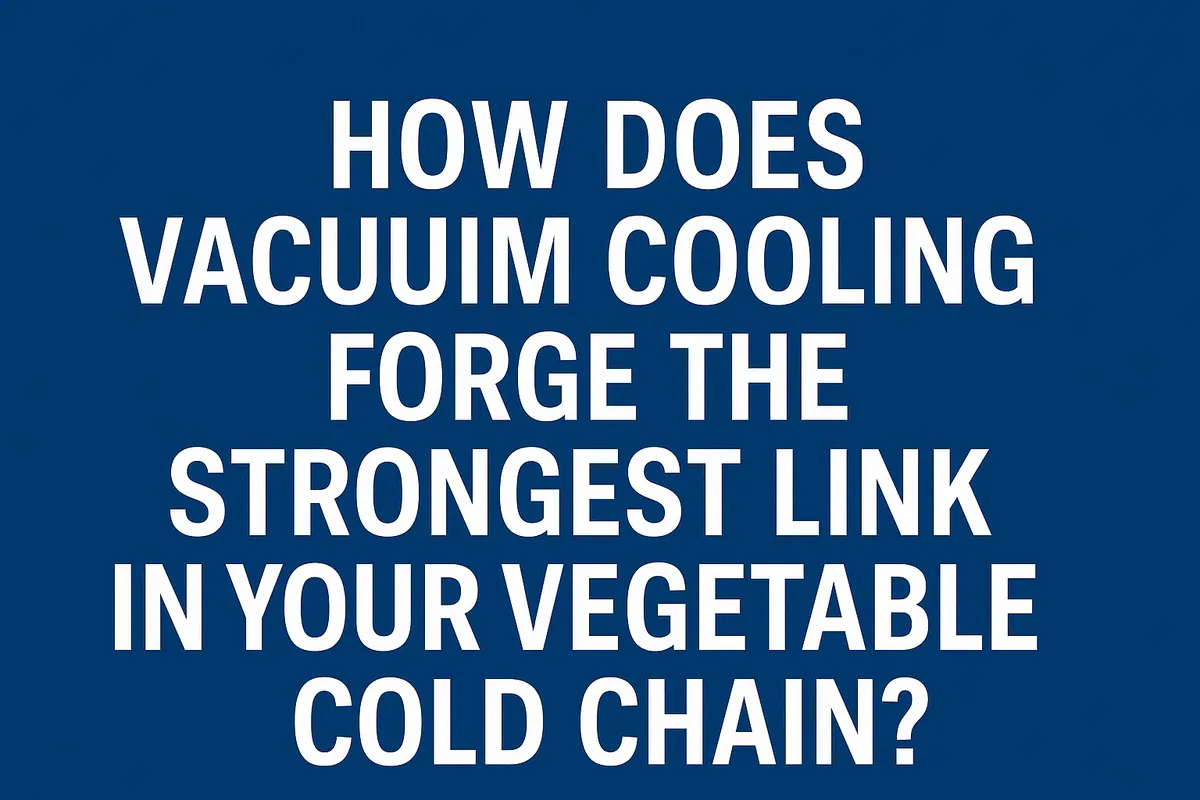
How Does Vacuum Cooling Forge the Strongest Link in Your Vegetable Cold Chain?
You work tirelessly to grow perfect, healthy vegetables. Yet, you know that from the moment of harvest, an invisible clock
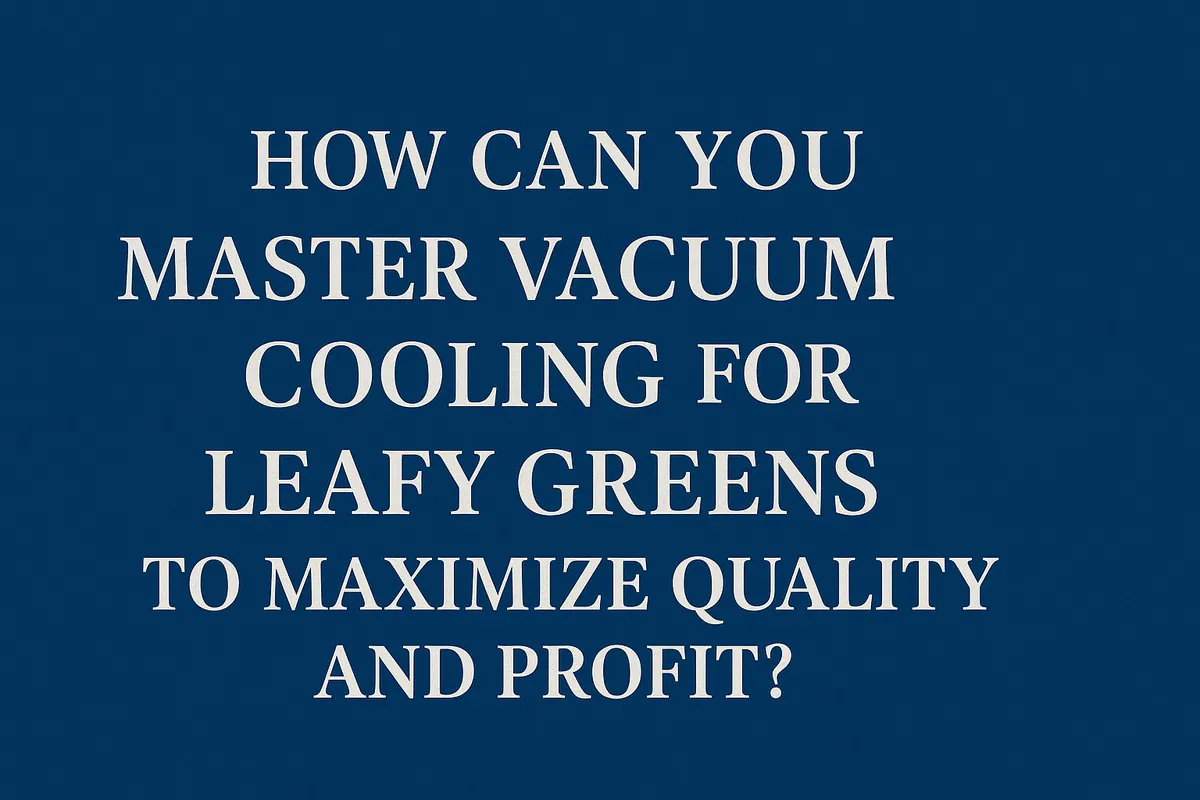
How Can You Master Vacuum Cooling for Leafy Greens to Maximize Quality and Profit?
You grow beautiful, vibrant leafy greens, but you know the invisible enemy is time. From the moment of harvest, the
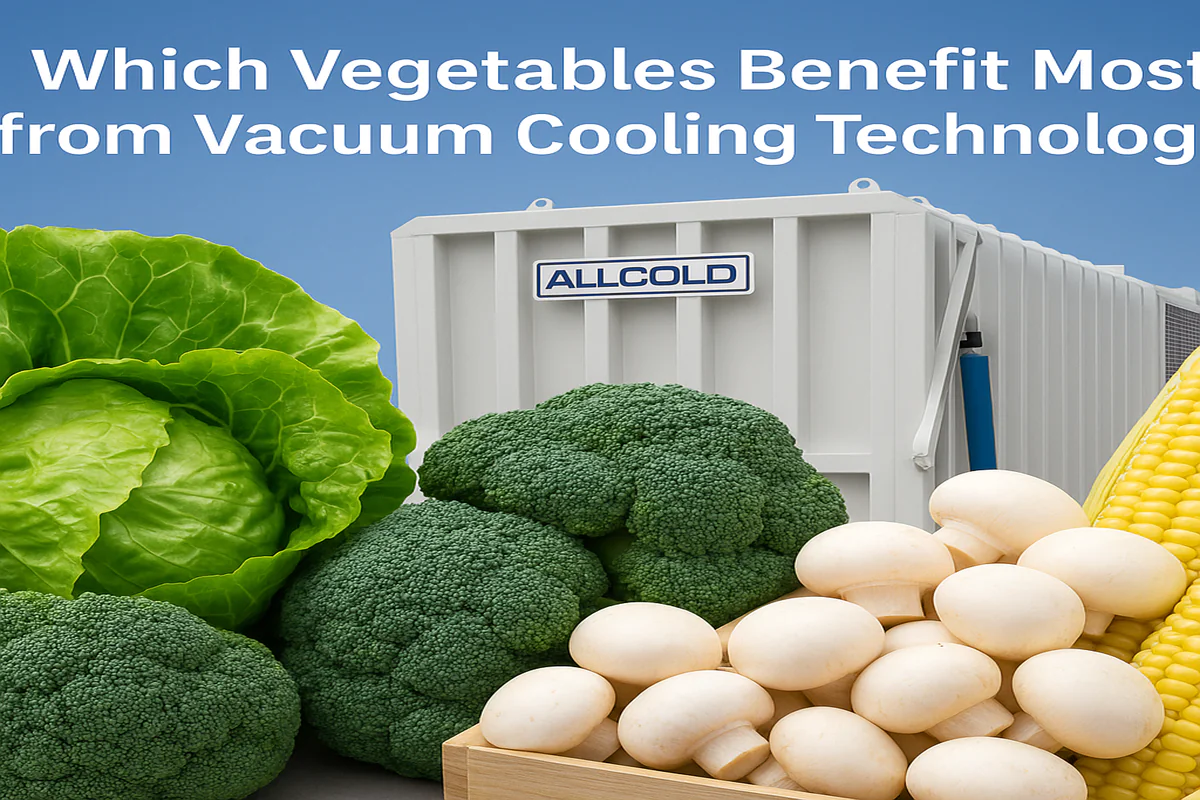
Which Vegetables Benefit Most from Vacuum Cooling Technology?
You see the promise of rapid cooling, extended shelf life, and superior quality, but you’re unsure if this technology is
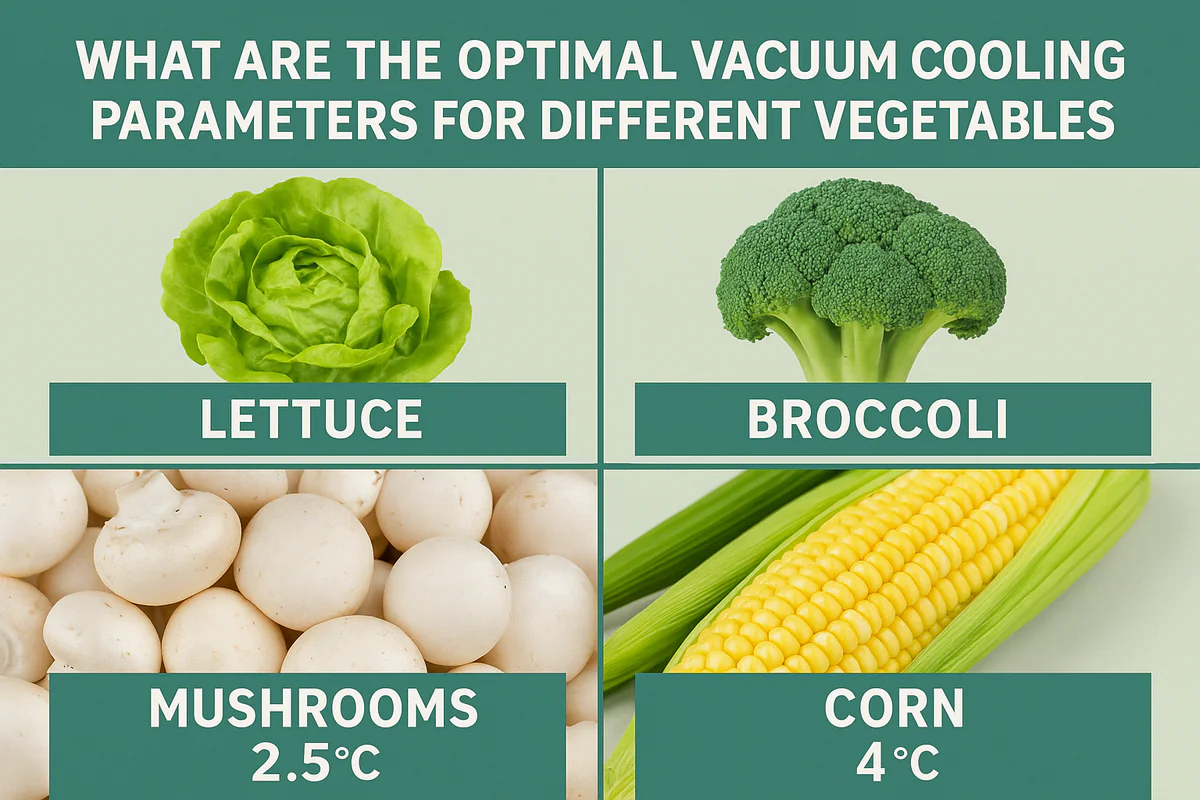
What Are the Optimal Vacuum Cooling Parameters for Different Vegetables?
You’ve harvested beautiful produce, from crisp lettuce to delicate mushrooms. But using a "one-size-fits-all" setting on your vacuum cooler feels
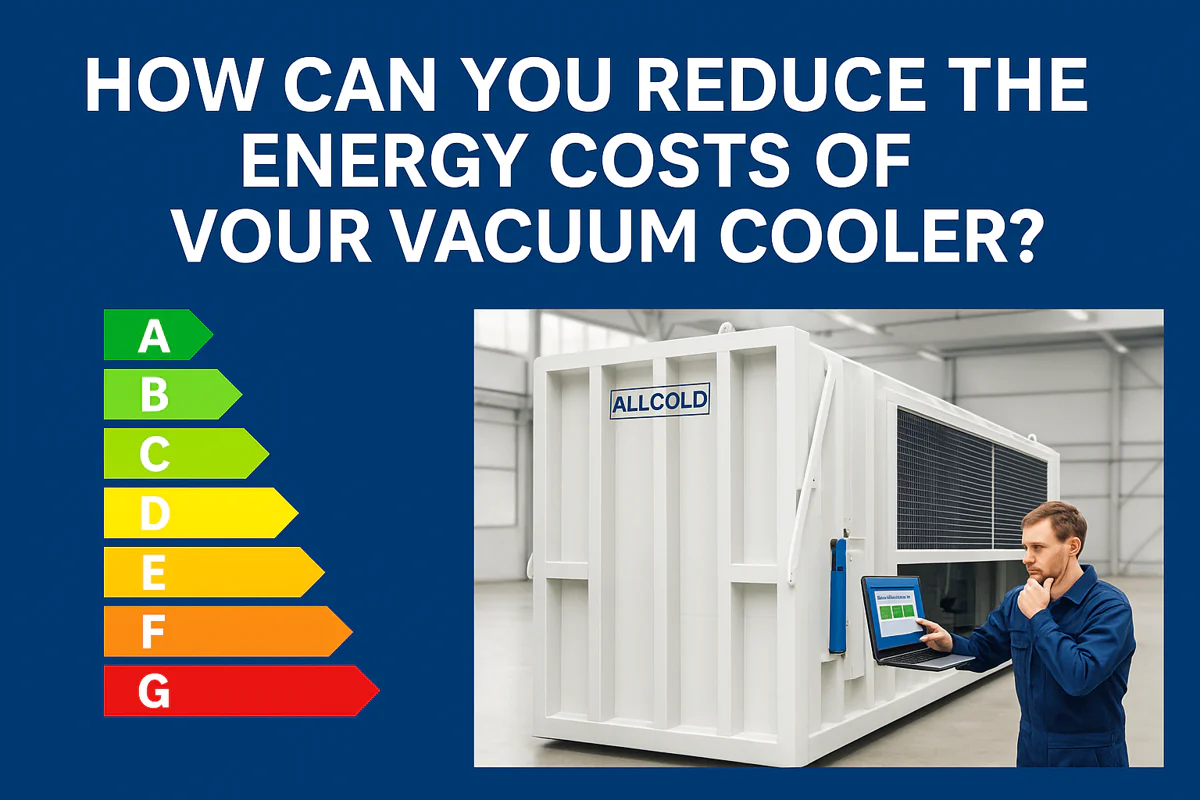
How Can You Reduce the Energy Costs of Your Vacuum Cooler?
Your vacuum cooler is a powerhouse of productivity, but your monthly electricity bill is climbing. You’re starting to wonder if
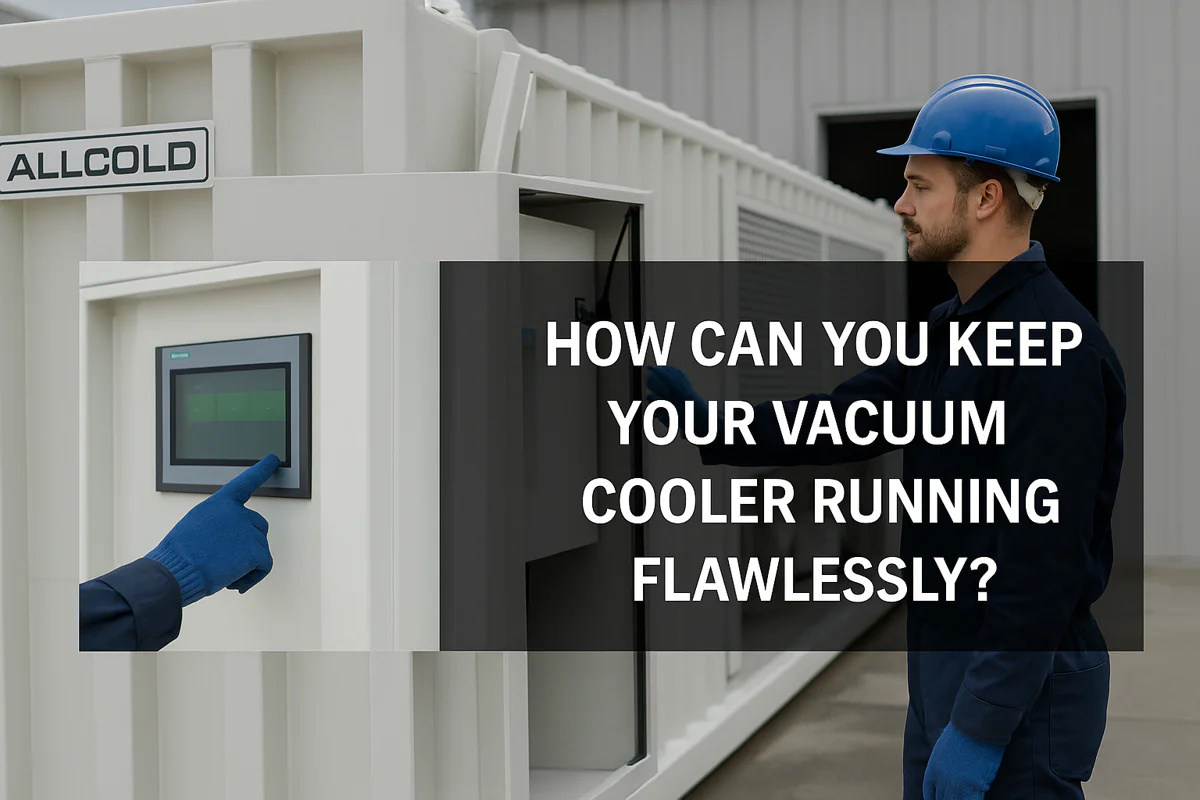
How Can You Keep Your Vacuum Cooler Running Flawlessly?
Your vacuum cooler is a vital asset, but you’re worried about unexpected breakdowns during peak season. Neglecting maintenance feels like
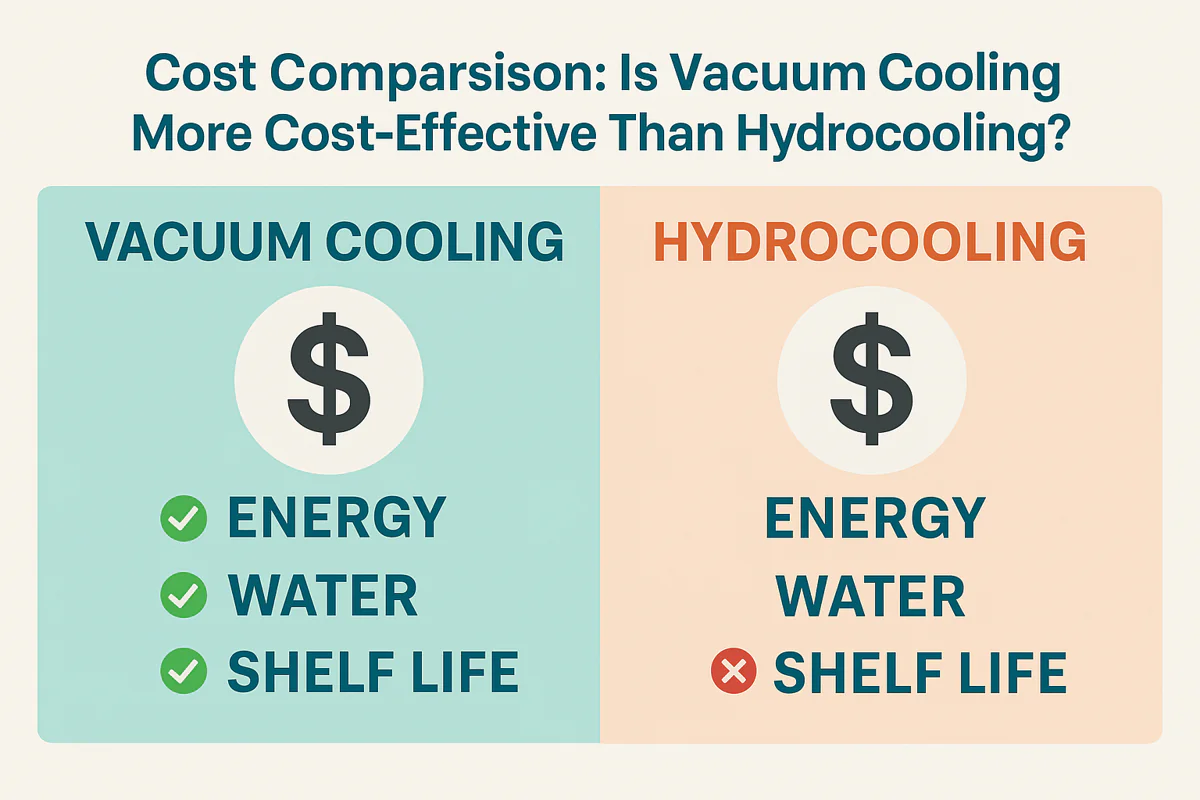
Cost Comparison: Is Vacuum Cooling More Cost-Effective Than Hydrocooling?
Choosing between cooling technologies feels like a high-stakes gamble. You need to lower your operational costs, but the wrong decision
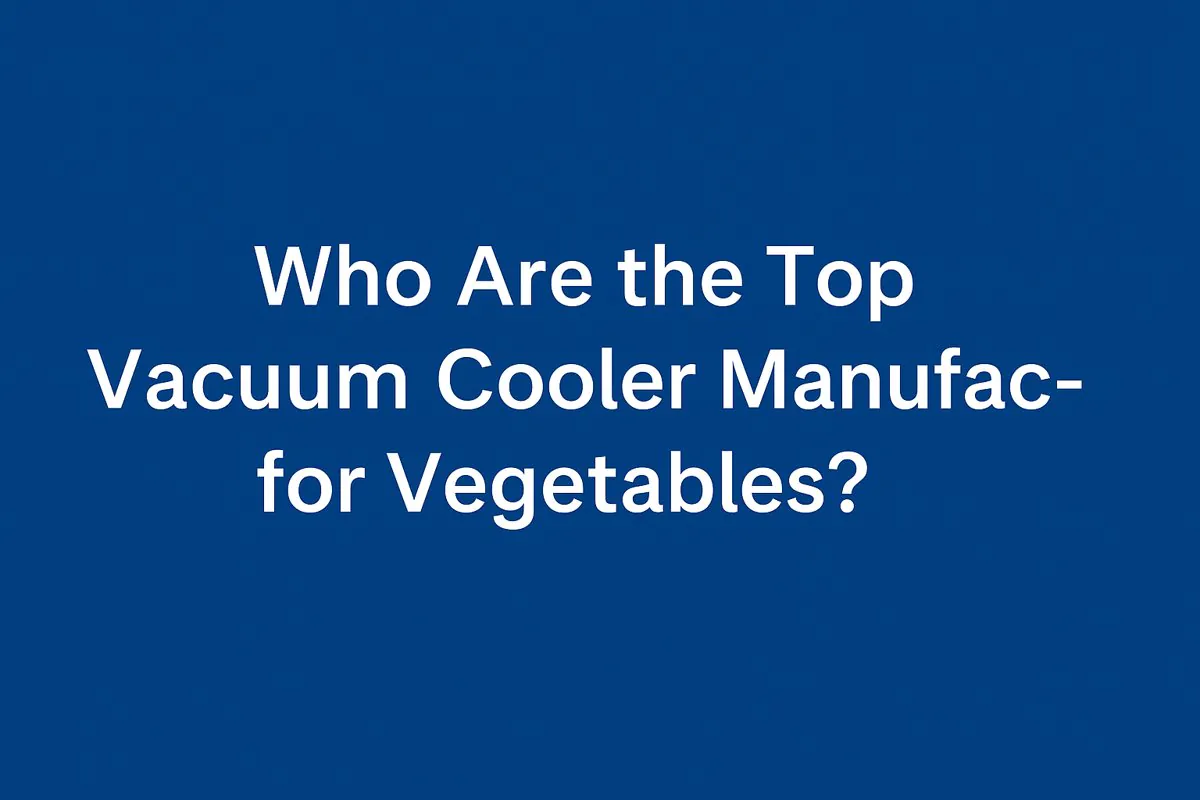
Who Are the Top Vacuum Cooler Manufacturers for Vegetables?
Searching for a list of top vacuum cooler brands can be overwhelming. You’re not just buying a machine; you’re investing
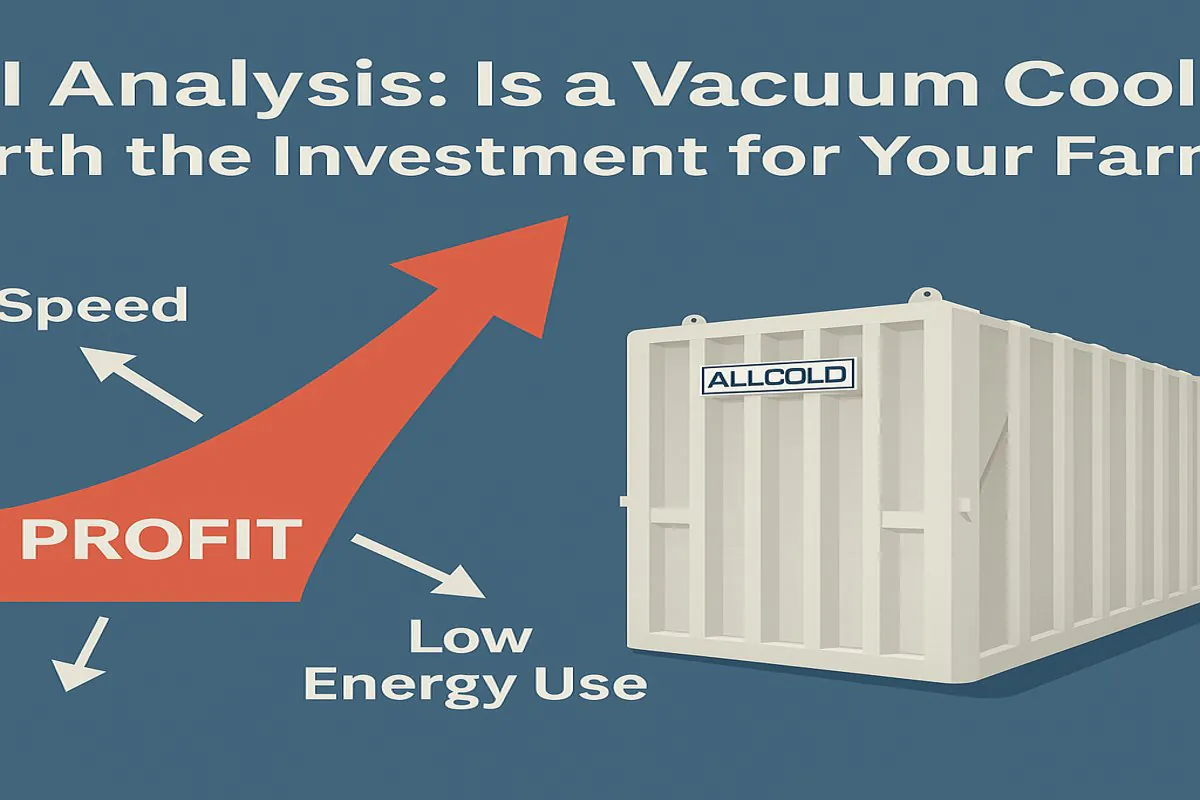
ROI Analysis: Is a Vacuum Cooler Worth the Investment for Your Farm?
You see the high upfront cost of a vacuum cooler and hesitate. But slow cooling methods and post-harvest losses are
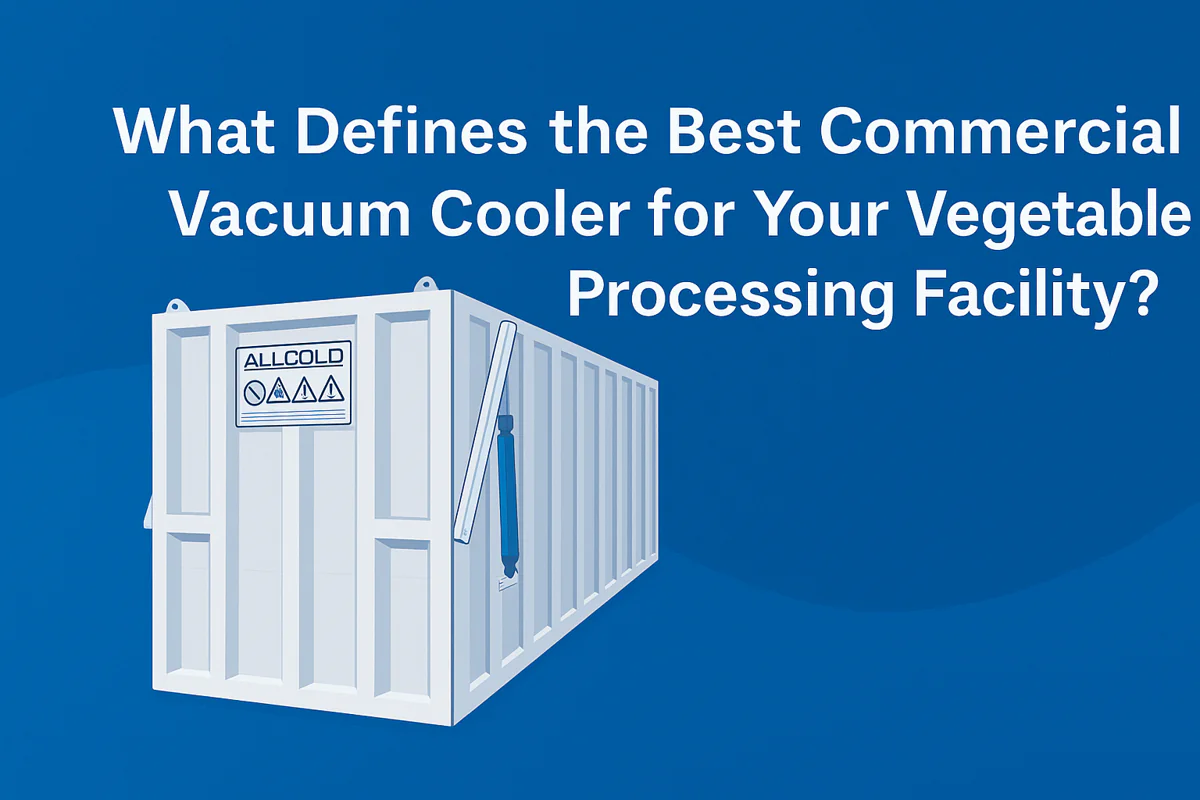
What Defines the Best Commercial Vacuum Cooler for Your Vegetable Processing Facility?
Choosing the right equipment is a huge decision. A slow or unreliable cooler can ruin your harvest’s quality, hurt your
